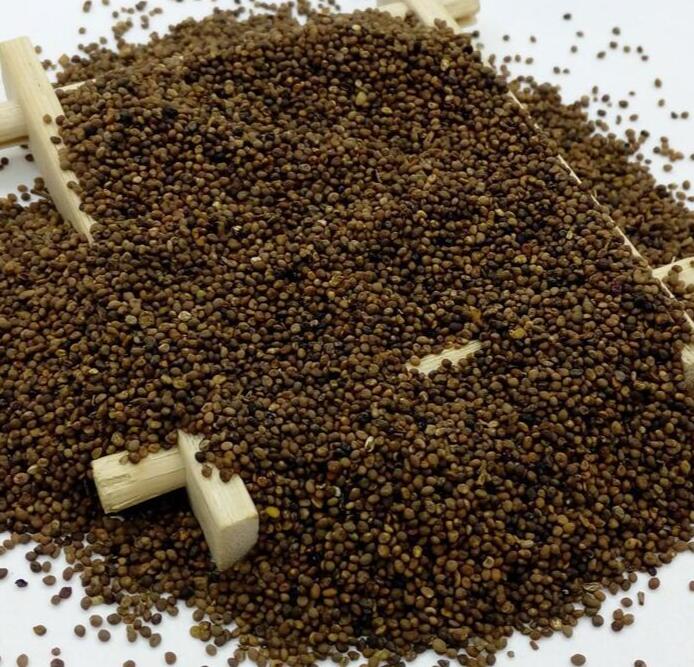
Semen Cuscutae, commonly known as dodder or Chinese dodder,
is a plant species in the genus Cuscuta. It is native to a wide range of regions in Asia, Australia, Europe, and North America. The plant is a parasitic vine that lacks chlorophyll and relies on host plants for nutrients and water.
Dodder has yellow-brown stems that are often tangled and form dense mats. The stems have small scale-like leaves and no true roots. Instead, they attach themselves to the host plant using haustoria, which are specialized structures that penetrate the host's tissues to extract nutrients.
The flowers of Semen Cuscutae are small and usually grow in clusters at the tips of the stems. They are typically pale yellow or white in color and have five petals. The plant reproduces through seeds that are dispersed by wind or animals.
In traditional Chinese medicine, dodder is believed to have several health benefits, including improving vision, strengthening the liver and kidneys, and promoting blood circulation.








